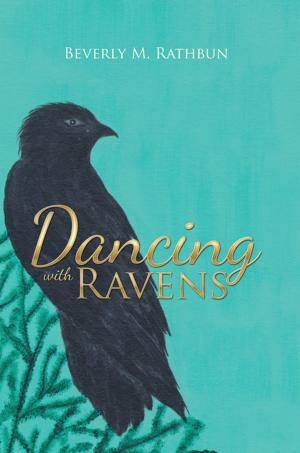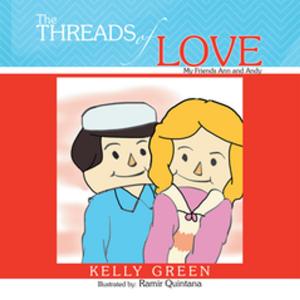| Author: | Lawrence A. Buckler | ISBN: | 9781469142029 |
| Publisher: | Xlibris US | Publication: | February 28, 2012 |
| Imprint: | Xlibris US | Language: | English |
| Author: | Lawrence A. Buckler |
| ISBN: | 9781469142029 |
| Publisher: | Xlibris US |
| Publication: | February 28, 2012 |
| Imprint: | Xlibris US |
| Language: | English |
Any musician who composes or transcribes music or who plays accompaniment to a soloist will have a need to know what the chords are for the accompaniment. There are also occasions when the published chords to a piece are in error, and there is a need to know how to recognize and correct them. Simply put, the process of harmonizing chords to melody is all about identifying chord tones and intervals in a melody and determining the chords they imply. The decision to survey the literature on harmonizing chords was made because no single textbook on harmony could be found that extensively treated the subject. Of the scores of textbooks referenced herein, each one would touch upon or tell only part of the story. What was obviously needed was a book that gathered all the relevant materials in one place and outlined a practical procedure for harmonizing a melody. This document attempts to do this. The word harmonization as used here refers to the process of finding appropriate chords to accompany a melody. Hence, when we harmonize a melody, we create a chord accompaniment for it. The most beautiful melody may be ruined by a poor and inappropriate chord accompaniment, or a poor melody can be made interesting by an apt chord accompaniment. The intended purpose of this work is to provide suitable accompaniment chords only to a given melody in lead sheet format. The piece could then be performed by musicians playing the melody and chords together. This could be done either by two musicians, a soloist, and an accompanist or by a keyboard player who would play both melody and chords. It is not intended that a harmonizing bass line or other harmonizing voices be added to the given melody. It is also a primary purpose of this work to enable the transformation of raw melody into diatonic music by harmonizing only diatonic chords to it.
Any musician who composes or transcribes music or who plays accompaniment to a soloist will have a need to know what the chords are for the accompaniment. There are also occasions when the published chords to a piece are in error, and there is a need to know how to recognize and correct them. Simply put, the process of harmonizing chords to melody is all about identifying chord tones and intervals in a melody and determining the chords they imply. The decision to survey the literature on harmonizing chords was made because no single textbook on harmony could be found that extensively treated the subject. Of the scores of textbooks referenced herein, each one would touch upon or tell only part of the story. What was obviously needed was a book that gathered all the relevant materials in one place and outlined a practical procedure for harmonizing a melody. This document attempts to do this. The word harmonization as used here refers to the process of finding appropriate chords to accompany a melody. Hence, when we harmonize a melody, we create a chord accompaniment for it. The most beautiful melody may be ruined by a poor and inappropriate chord accompaniment, or a poor melody can be made interesting by an apt chord accompaniment. The intended purpose of this work is to provide suitable accompaniment chords only to a given melody in lead sheet format. The piece could then be performed by musicians playing the melody and chords together. This could be done either by two musicians, a soloist, and an accompanist or by a keyboard player who would play both melody and chords. It is not intended that a harmonizing bass line or other harmonizing voices be added to the given melody. It is also a primary purpose of this work to enable the transformation of raw melody into diatonic music by harmonizing only diatonic chords to it.















